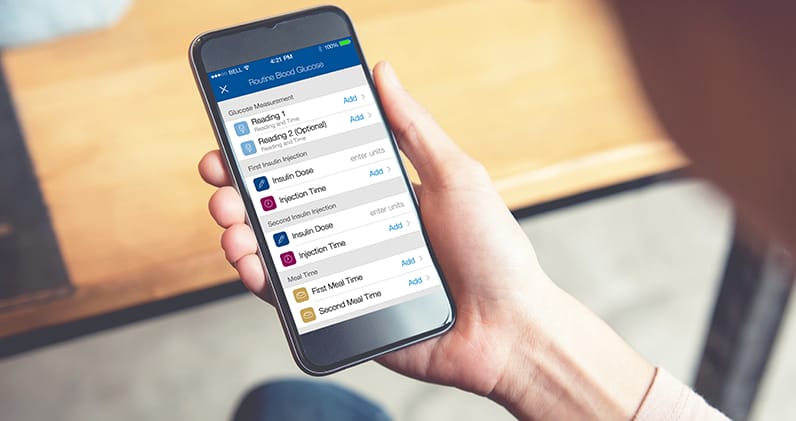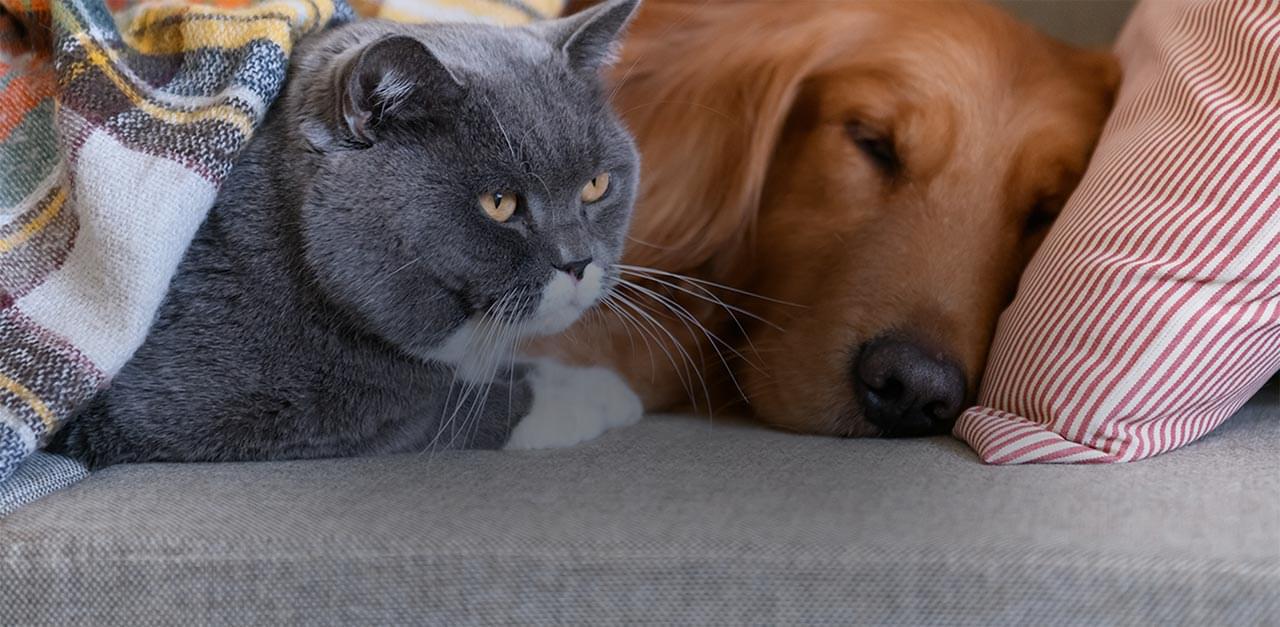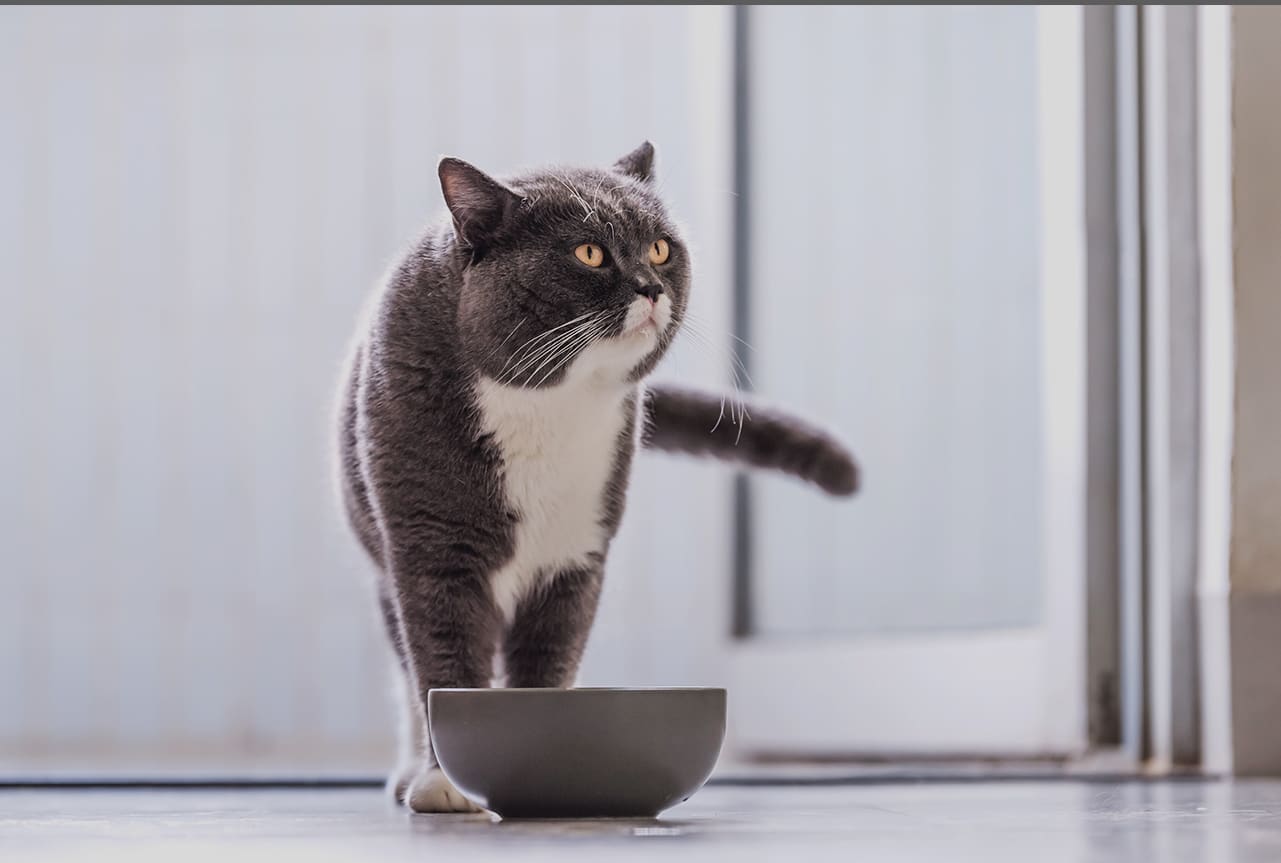Handling a Diabetes Emergency
Understanding ahead of time what to do if an emergency occurs can help save your cat. This includes talking to your veterinary practice for more information tailored to your cat’s care.
Reasons for Low Blood Sugar (Hypoglycaemia)
The most common side effect experienced with Caninsulin® therapy, or other insulin preparations, is low blood sugar, called hypoglycaemia. If not treated, hypoglycaemia can be fatal to your cat.
By knowing the causes of hypoglycaemia, you can help avoid occurrences. Hypoglycaemia can be caused by:
- Giving too much insulin
- Remission of diabetes
- Missing or delaying food
- Change in diet or amount fed
- Infection or illness
- Decreased appetite or vomiting
- Change in the body’s need for insulin
- Adrenal, pituitary, or thyroid gland diseases, or progression of liver or kidney disease
- Interaction with other medications
- Increase in activity
A cat with diabetes may experience hypoglycaemia (low blood glucose levels) without showing any obvious signs. It is important that pet owners be particularly observant of their cat’s behaviour.
If Low Blood Sugar Occurs
These side effects can happen suddenly, and require immediate care:
- Weakness
- Depression
- Behavioural changes, such as looking for food or scavenging behaviour
- Muscle twitching
- Anxiety
- Seizures
- Coma
- Death
If your cat is conscious:
- Administer the treatment recommended by your vet. If unknown, rub a small amount of honey or jam (make sure it’s not sugar free) on your cat’s gums. (Pouring it risks it getting in the lungs.)
- If your cat can swallow, feed a small amount of food
- Contact your veterinary practice immediately for further instructions
- Your pet may need to be hospitalised for treatment
If your cat is unconscious:
Contact your vet immediately, this is a medical emergency!
Keeping Blood Sugar Stable
Consistent management will help prevent low blood sugar emergencies.
- Keep diet consistent and appropriate
- Feed at the same times each day
- Treats and changes should be avoided unless recommended by your veterinary surgeon
- Your vet will advise on the best diet for your cat’s circumstances
- Develop a schedule with your veterinary surgeon for regular evaluations

Other Side Effects
Be aware of signs associated with loss of effectiveness of insulin, or allergic reactions. Contact your veterinary practice immediately if your pet shows signs of the following:
- Excessive water consumption for more than 3 days
- Excess urination, including urination that is abnormal for your pet or inappropriate (like urinating outside the litter tray)
- Reduced or complete loss of appetite
- Weakness or seizures
- Behavioural change or depression
- Muscle twitching or anxiety
- Constipation, vomiting or diarrhoea
- Signs of a bladder infection (small, frequent urinations, straining, blood in the urine)
- Swelling of the head, neck, or insulin injection sites
- Ketones in the urine
- Change in gait, involving walking on the hocks (ankles)
Tracking Results

Recording your cat’s results is important to properly manage care.
Tracking Tools & Resources
1. Pet Diabetes Tracker app
Review and keep important information to manage diabetes.


2. Blood Glucose Curve Tool
Review and keep important information to manage diabetes.
3. Helpful Downloads
Additional resources to understand and manage cat diabetes.
Next Article: About Glucose Curves >
Further Reading

Talk to Your Vet Today
to learn more about pet diabetes, and how cats and dogs can lead a happy,
healthy life with proper management






